
At Dapukou terminal, Zhoushan Port in East China's Zhejiang Province, a large cargo ship with a capacity of thousands of containers was waiting for cargo to be loaded before heading to its final destination in western Africa.
Like many other containerships, it was loading much-needed Chinese-made goods ranging from home appliances to daily commodities, which have gained favor as offering value for money in the global market. There was lots of cargo to load, but the ship only needed to stay for a day, thanks to the advanced automation and highly efficient clearance procedures at the port.
While the world is scrambling for an economic and trade rebound, congested ports - often in the US - are one of many potential hurdles to cargo movements. This may cloud expectations for the normalization of trade flows, especially in the post-COVID era. Dapukou port, as one of several pilot ports for digital upgrading in the region, has served as a stabilizer and booster for global trade flow.
Zhoushan Yongzhou Container Terminal Co, which runs the port, carried out a digital upgrade in recent years, particularly in 2022 amid the pandemic.
On the pier, there was a busy scene. Bridge cranes were loading and unloading goods from ships in an orderly manner, and trucks were passing under them with containers. The few people to be seen were in an office on the other side of the port.
Sitting in the office of the terminal company, workers were using surveillance cameras and remote controls to move containers. Viewing a large screen, the staffers can clearly monitor the operation of each truck and get constant updates on containers.
With the port's new automatic track hoisting system, a remote-control system that enables people to use remote controls instead of bridge cranes, the port's efficiency has surged.
"Now, 24 containers can be loaded or unloaded in just an hour, since this automation equipment was put into use in 2022. That's 30-40 percent faster than before," Ren Jie, an employee of the terminal company, told the Global Times on Tuesday.
Other digital elements include container trucks at the port, which are mostly autonomous vehicles.
The terminal has 28 automatic double-cantilever rail cranes, 13 intelligent truck cranes and 14 remote-controlled bridge cranes.
Although the digital upgrade took place in 2022, the company has been working on the process for years.
Connecting routes have been largely expanded in recent years. The Jintang Port Area where the Dapukou terminal is located has 29 international container routes, connecting 46 major ports in 29 countries and regions along the Belt and Road Initiative such as Africa, the Mediterranean and Russia, data that Zhoushan Customs sent to the Global Times showed.
Digital upgrades have also been widely adopted at customs clearance and inspection points, boosting the port's efficiency and trade flows.
For example, customs staff measure water levels before and after unloading a ship to determine the amount of cargo. They used to use a small boat for this process, but being next to a large cargo ship could cause human error. Now the process is controlled by technology, Xu Degang, a chief of the tax declaration supervision section of Zhoushan Customs, told the Global Times on Tuesday.
"We use drones and other methods, which help save time and offer higher accuracy," Xu said.
Other intelligent detection methods include the use of cameras to measure the volume of bulk products such as coal and iron ore.
Zhoushan Customs also pioneered the data reuse mode for international ships in transit, which simplified more than two-thirds of the data declared by enterprises. The method is now used nationwide.
The port's high efficiency led to a throughput surge. In 2022, the throughput of Zhoushan Port exceeded 33.35 million standard containers, up 7.31 percent and ranking third in the world. As for 2023, Ren said that the target is 2.3 million containers for Dapukou terminal, which would be an increase of 15 percent.
Dapukou's case is an example of how China's port operations and custom clearance help stabilize global trade flows and ease port congestion.
A survey conducted by China's Ministry of Transport on December 28, 2022 found that leading throughput scale, intensive and efficient shoreline utilization levels and global shipping networks give Chinese ports - including Zhoushan - more spots among the world's first-class ports.
Source: Global Times
The opinions expressed herein are the author's and not necessarily those of The Xinde Marine News.
Please Contact Us at:
media@xindemarine.com


 China’s First Bulk Bunkering of Domestic Green Me
China’s First Bulk Bunkering of Domestic Green Me 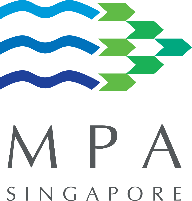 Rotterdam and Singapore Strengthen Collaboration on
Rotterdam and Singapore Strengthen Collaboration on 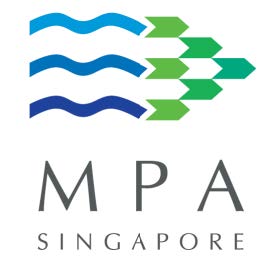 MPA and CMA CGM Sign MoU to Enhance Sustainable Shi
MPA and CMA CGM Sign MoU to Enhance Sustainable Shi 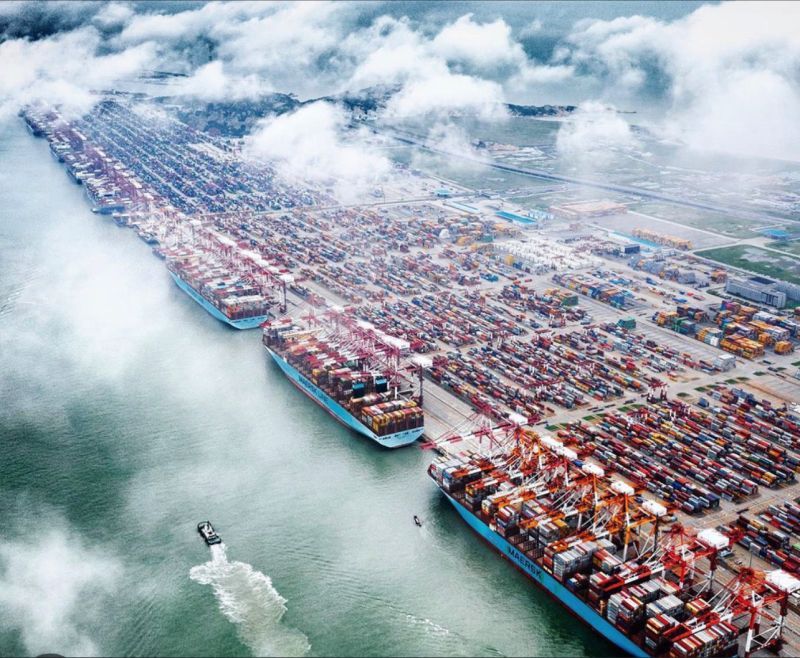 China's Ports Surge Ahead: Major Container Terminal
China's Ports Surge Ahead: Major Container Terminal 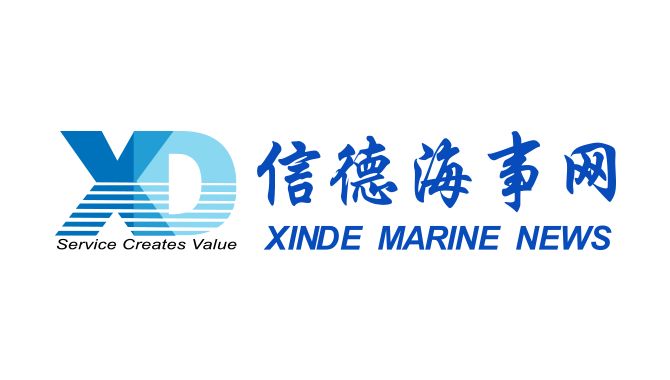 Port of Hamburg: Growth in container throughput and
Port of Hamburg: Growth in container throughput and 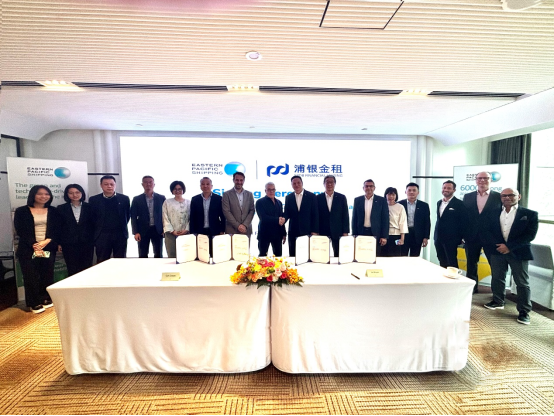 EPS and SPDB Financial Leasing sign financing agree
EPS and SPDB Financial Leasing sign financing agree